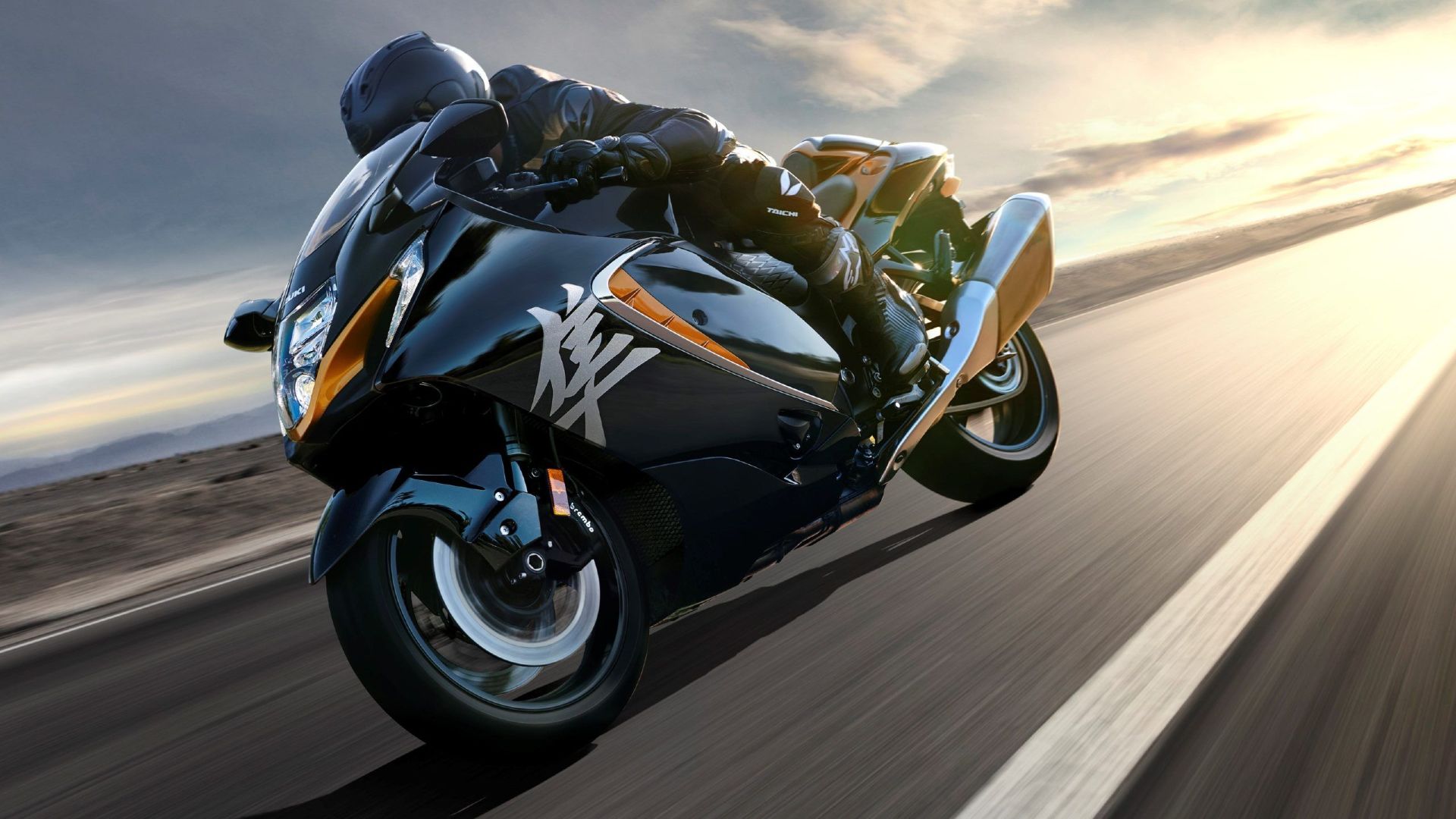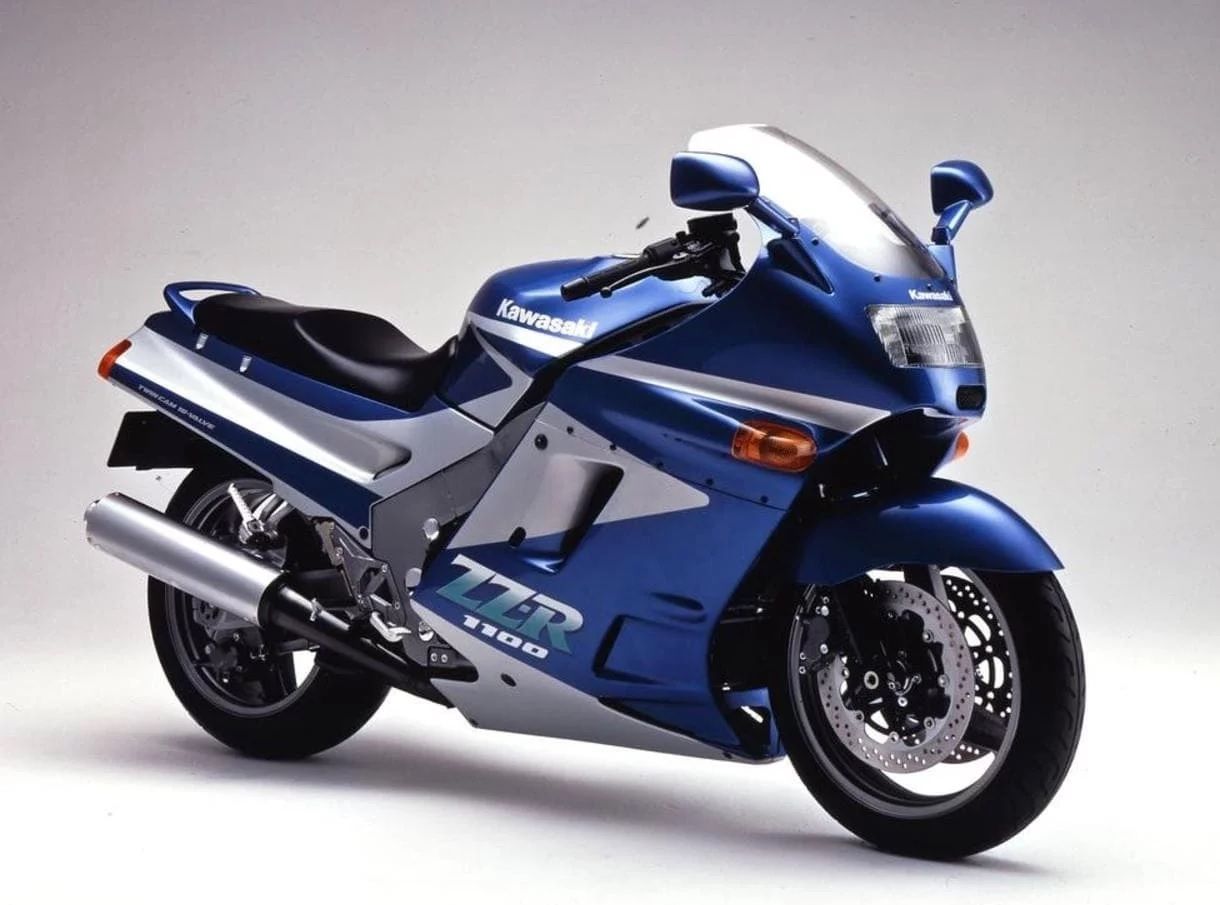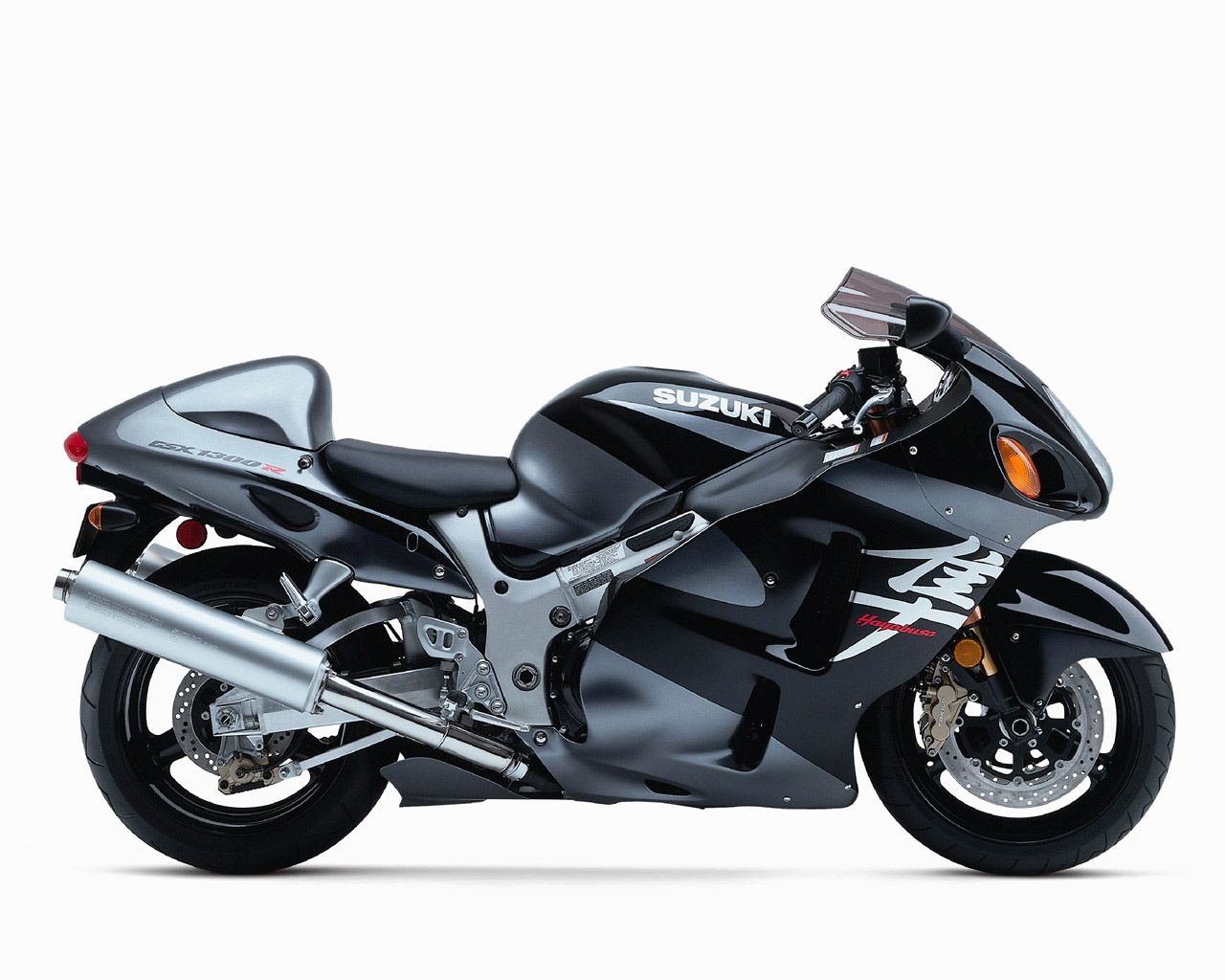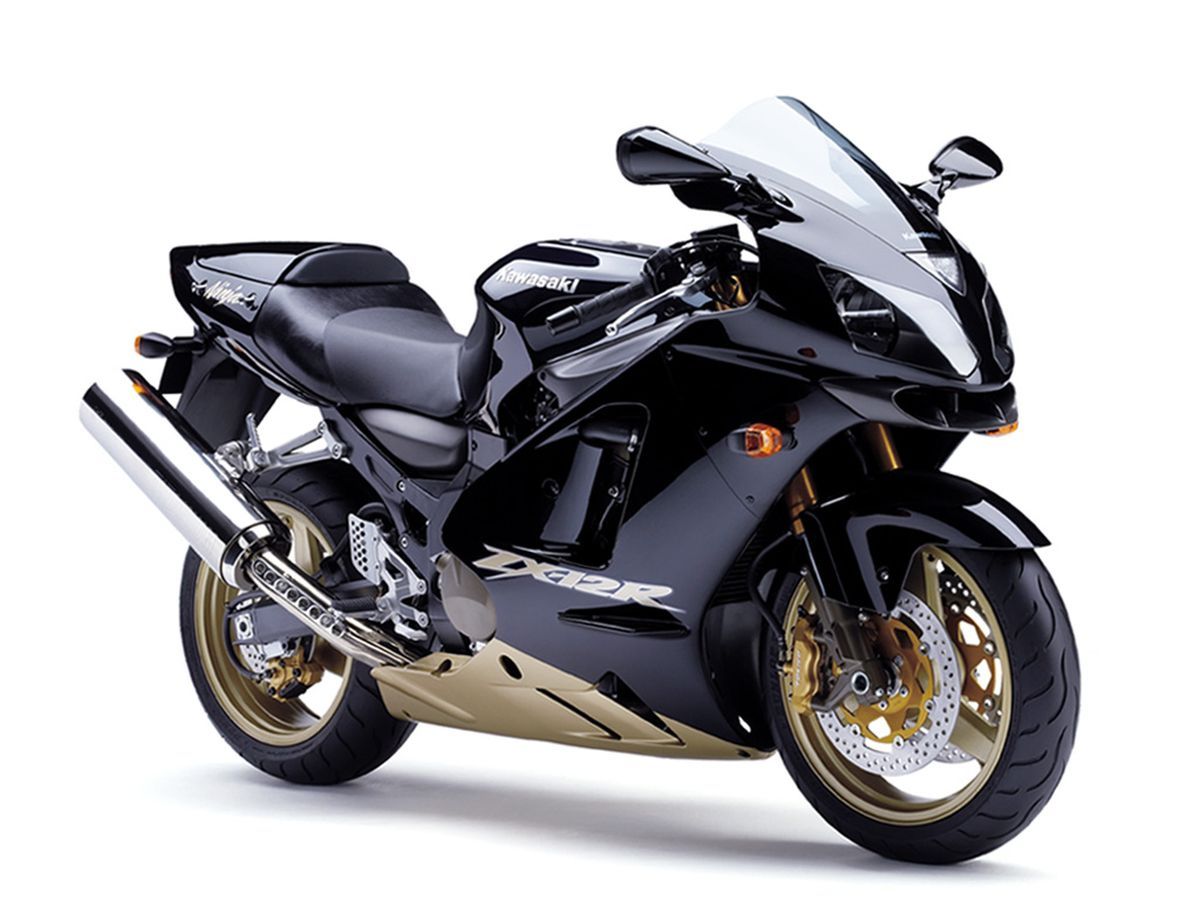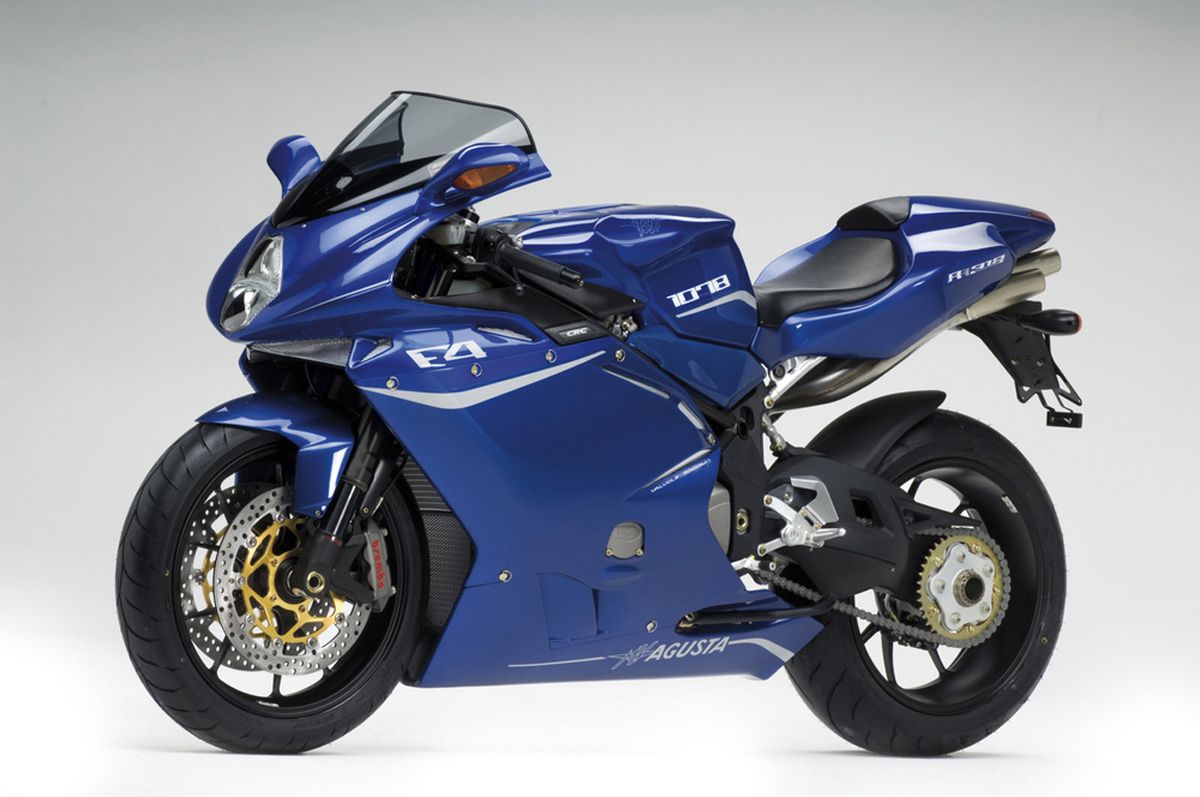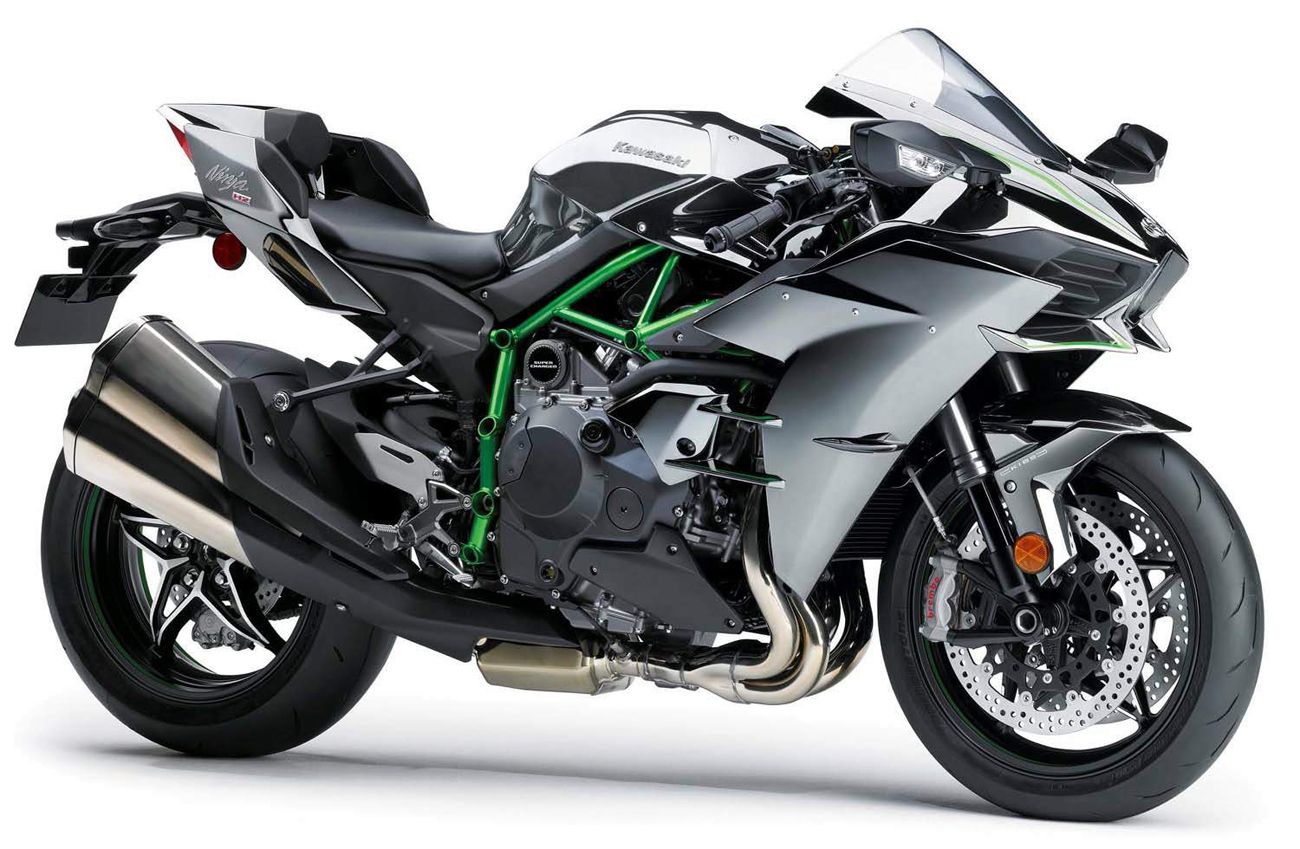Motorcycles, particularly sport bikes, are the fastest they’ve ever been. 200 horsepower has become the new normal, electronics are the smartest yet, and the materials used are exotic as ever to keep the weight down. But what’s remained unchanged for 23 years is their top speed, because no matter what’s your poison, production sport bikes - even the supercharged Kawasaki Ninja H2 - max out at 299 kph (or 186 mph). Now, this isn’t slow by any measure (and we don’t recommend it on public roads), but if you’ve ever wondered why your speedo stops at ‘186,’ you’re in the right place. This is exactly what we’ll unravel here, and to start off, let’s travel back in time to see how motorcycles crept up to within touching distance of the magic 300 kph mark.
The 1990 Kawasaki ZZR1100 Set The Pace
The 1990s were special times for more than one reason - great music, evolving fashion, TV shows still had a sense of humor - but no one expected it would also be a turning point in the motorcycle world. Because as soon as the 80s wrapped up, Kawasaki debuted the ZZR1100 (or Ninja ZX-11), the first motorcycle with a Ram Air intake. The highlight, however, was its 1,052cc, inline-four engine that helped it reach 283 kph (175 mph) and earn the “world’s fastest production motorcycle” crown. But little did anyone know, this would get the ball rolling for the popular Japanese speed wars that followed.
Let The Speed War Commence
Though the Ninja ZX-11 remained unscathed for upwards of five years, the answer came from Honda in 1996. The Tokyo manufacturer took the wraps off the CBR1100XX Super Blackbird, named after the world’s fastest jet engine aircraft, the Lockheed Martin SR-71. It backed up the name with a 1,137cc, four-cylinder engine that whipped up 164 horsepower and allowed it to reach 287 kph (179 mph). Also, the Blackbird featured a much sharper design than the blunt Ninja.
In the meantime, fellow Japanese bike maker Suzuki remained quiet, biding their time, and just when things seemed settled, shook the world with the Hayabusa GSX-R1300 in 1999. The ‘Hayabusa’ name made Suzuki’s intentions more than clear since it translated to the Peregrine falcon, which is not only the fastest bird on the planet, but it also preys on… you guessed it, blackbirds. Under its bulbous, aerodynamic body, the Hayabusa hid a 1,299cc, inline-four engine with 173 horsepower. The mill propelled the ‘Busa to 312kmph (194mph) and demolished all previous records (and rivals) by a mile.
Though an astonishing feat, rumors suggested Kawasaki was all set to make a comeback to rain on Suzuki’s parade with a new hyperbike. Dubbed the Ninja ZX-12R, it would become the first motorcycle to breach the 200 mph mark, but right before Kawasaki made an official announcement, things took an unexpected turn for the Japanese speed war.
The Gentleman’s Agreement
Whilst the thought of a 200 mph sport bike lit up the eyes of motorcyclists, politicians (read Karens) around the world - particularly in Europe - raised concerns about these ‘death machines.’ After all, what if these sport bikes led to carnage on the streets with 200 mph street races? Sensible or not, this became a key concern in no time and instigated rumors of an import ban on powerful motorcycles. The final nail in the coffin came when BMW officials sided with the politicians and convinced leading bike makers (Ducati, Suzuki, Kawasaki, Honda), to comply with a top speed limit, under which, all sport bikes would be electronically limited to 299 kph (186 mph). This is what we, motorcyclists, know as the Gentleman’s Agreement.
Although there’s no concrete proof of the happenings, the much-hyped Ninja ZX-12R produced 190 horsepower with Ram Air effect (17 ponies more than the Hayabusa) strangely maxed out at 186 mph. Similarly, the MY2000 Suzuki Hayabusa stopped speeding up at 186 mph, unlike its previous-year model, all of which confirmed the Gentleman’s Agreement was indeed in action. Ironically, however, the first motorcycle to break this pact hailed from the same continent that suggested it in the first place.
The MV Agusta F4 Broke The Gentleman’s Agreement
Yes, you read that right. In 2007, MV Agusta took the motorcycle world by storm with the F4 312, where the suffix is its tested top speed. Next in line was yet another European manufacturer and also the one which suggested the agreement - BMW. The company introduced its first full-blown superbike, the S 1000 RR, for MY2009, which maxed out at 303 kph. As for the Japanese, no production motorcycle has broken the Gentleman’s Agreement yet, even after 23 long years.
Does The Gentleman’s Agreement Make Sense?
Well, no. We say this because 300 kph is still plenty fast for a production motorcycle, and it’s anything but safe on public roads. So it takes away the whole point of a speed limiter. Plus, as sport bikes boast more and more horsepower, it’s not long until a bike maker pokes the bear too much, and lures in a horsepower ban. Somewhat similar to what Japanese carmakers had before 2005, where the horsepower limit was set to only 276 ponies.

